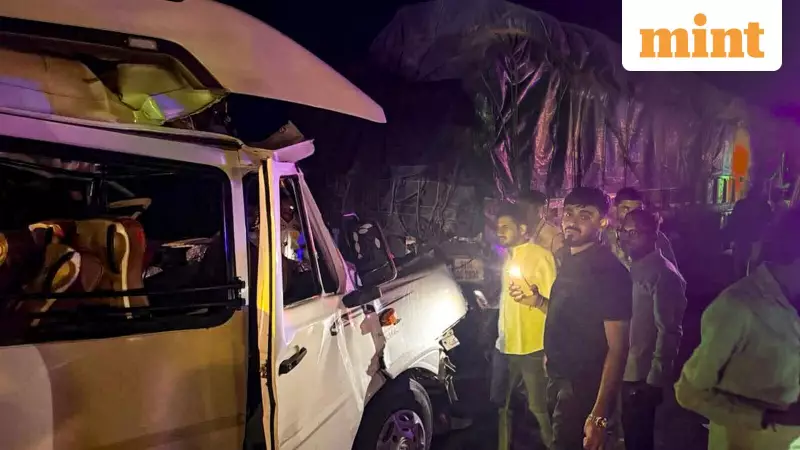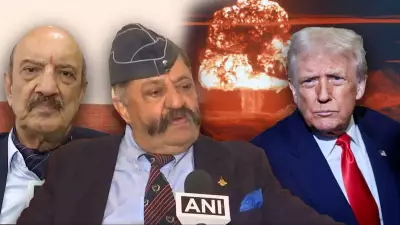
The Supreme Court of India has taken a firm stance on a tragic road accident that occurred in Rajasthan, demanding accountability from the country's top road authorities. The court has officially sought responses from the National Highways Authority of India (NHAI) and the Ministry of Road Transport and Highways.
Court's Directives in the Aftermath of Tragedy
A bench comprising Justices J K Maheshwari and Vijay Bishnoi issued formal notices to the NHAI and the ministry. The court has given them a strict deadline of two weeks to submit their replies explaining the cause of the devastating accident.
This legal action stems from a suo motu case initiated by the top court itself, concerning the horrific collision in the Phalodi area of Rajasthan. The accident, which took place on November 2, claimed the lives of 15 people, a heartbreaking toll that included 10 women and four children.
Comprehensive Investigation Ordered
Going beyond just seeking an explanation, the bench has mandated a thorough on-ground investigation. The NHAI and the ministry have been instructed to conduct a detailed survey of the accident site and its surroundings.
This survey must include a specific report on the condition of the highway passing through Phalodi. Furthermore, the court wants a clear account of the norms followed by the road contractor for maintenance in that specific area. A unique aspect of the investigation is the directive to file a report on the number of dhabas located on that stretch of the Bharat Mala Highway.
The fatal incident happened near Matoda village on the Bharat Mala Highway. A tempo traveller, which was carrying passengers from the Kolayat temple in Bikaner to Jodhpur, crashed into a stationary trailer truck, leading to the immense loss of life.
A Push for Systemic Accountability
The Supreme Court's proactive intervention highlights a significant move towards enforcing greater responsibility in highway safety and maintenance. By taking suo motu cognisance, the court has demonstrated that such tragedies cannot be overlooked and require systemic scrutiny.
The responses and reports from the NHAI and the Ministry of Road Transport are now highly anticipated. They are expected to shed light on the factors that led to this catastrophe and outline measures to prevent similar incidents in the future, ensuring safer travel on India's national highways.





